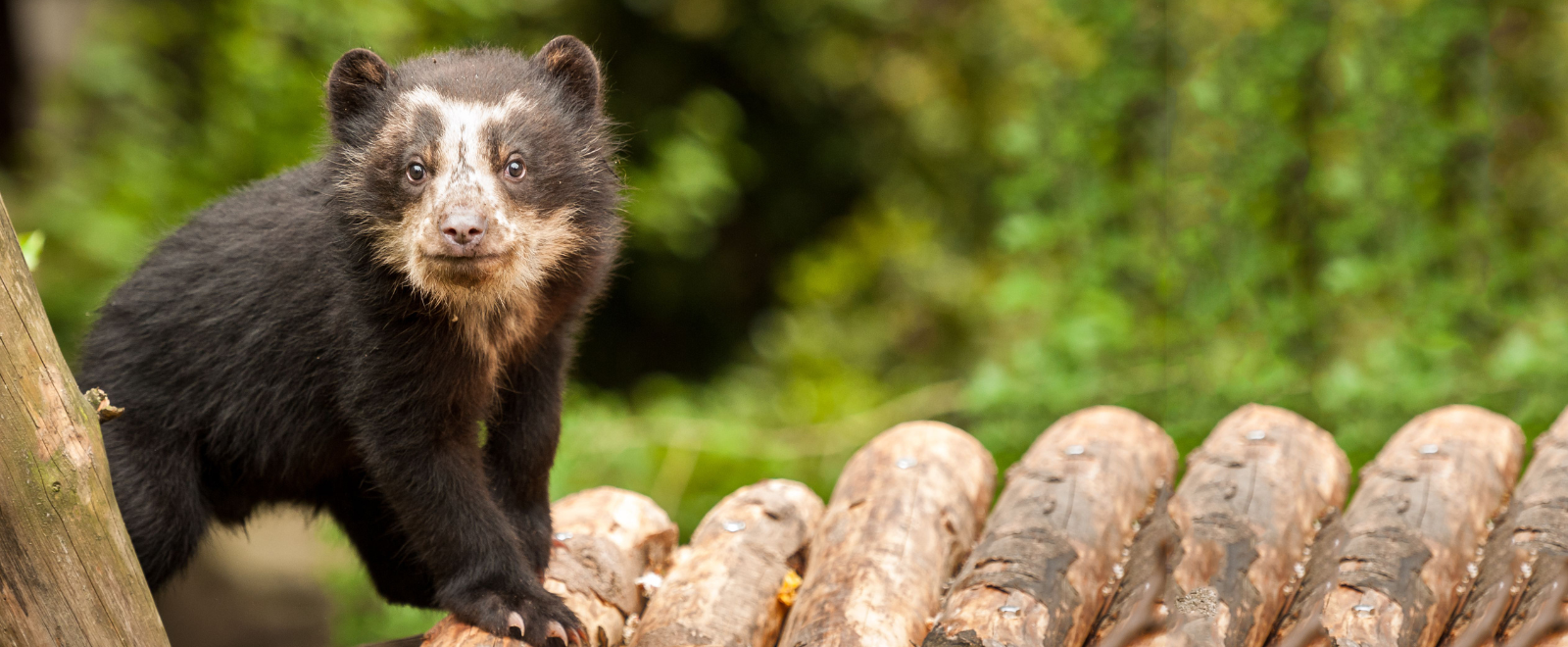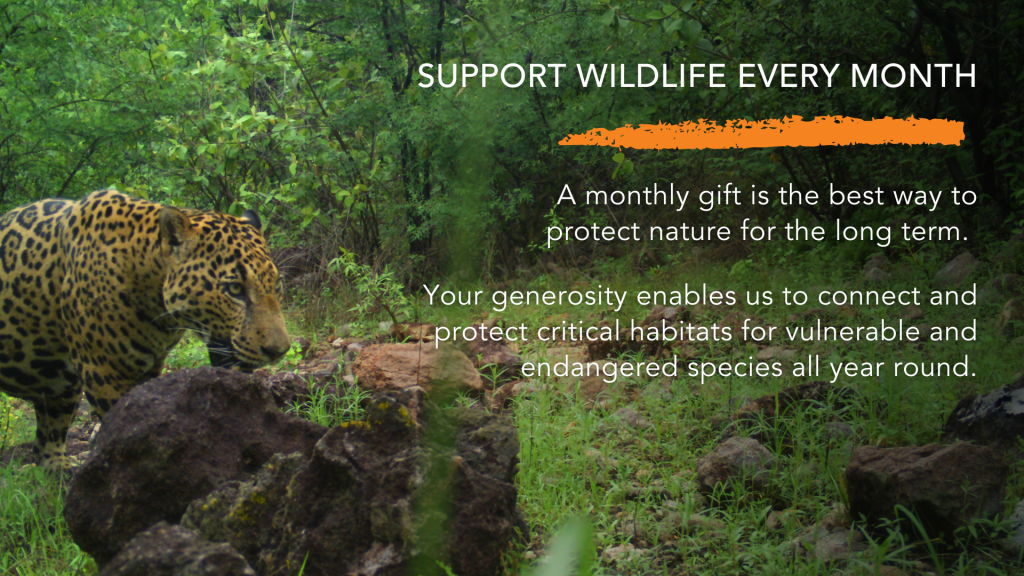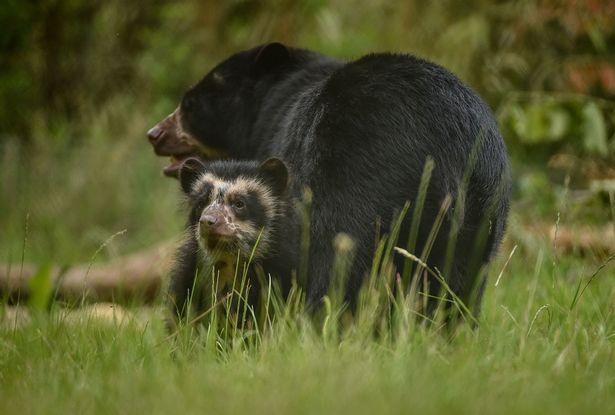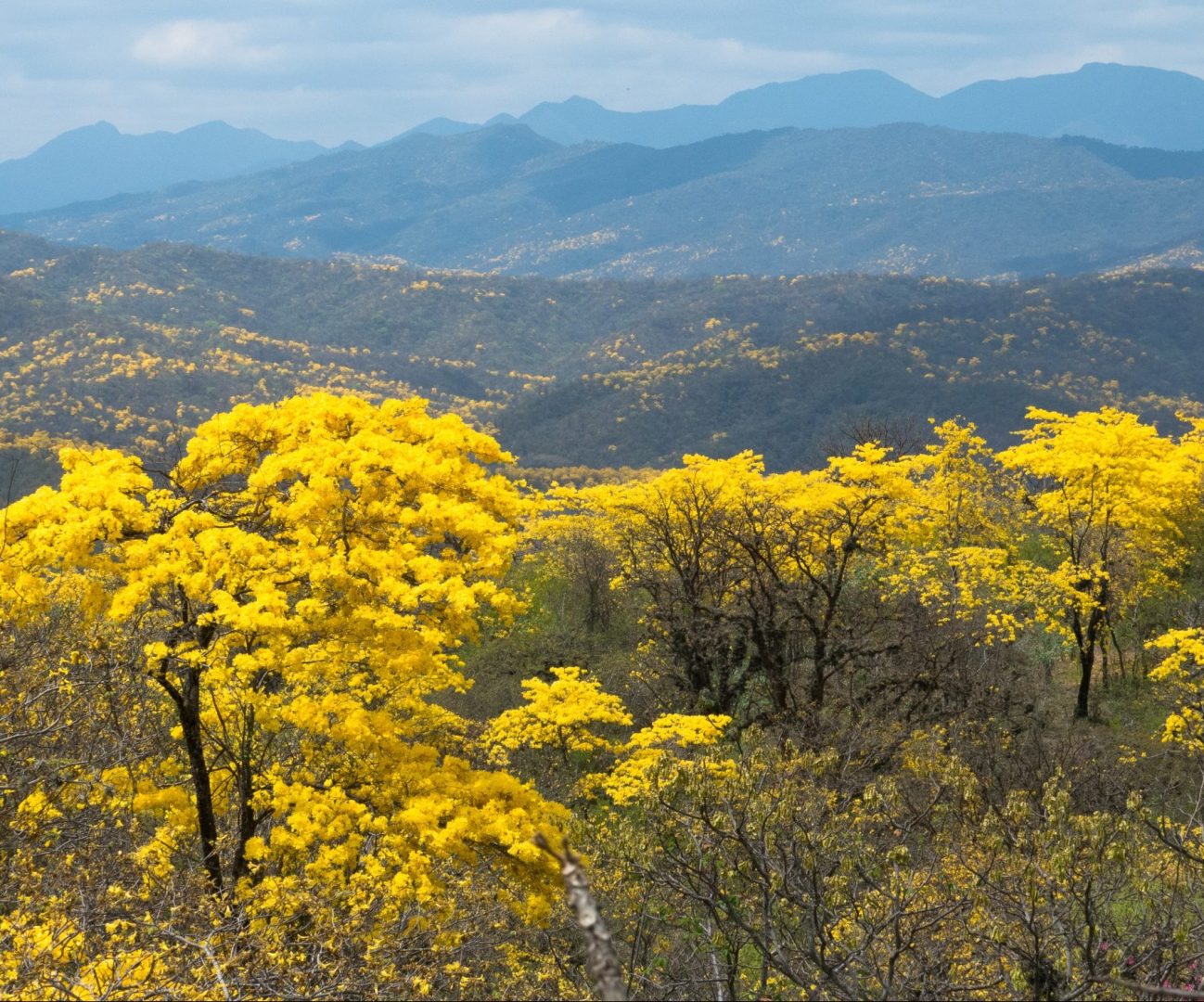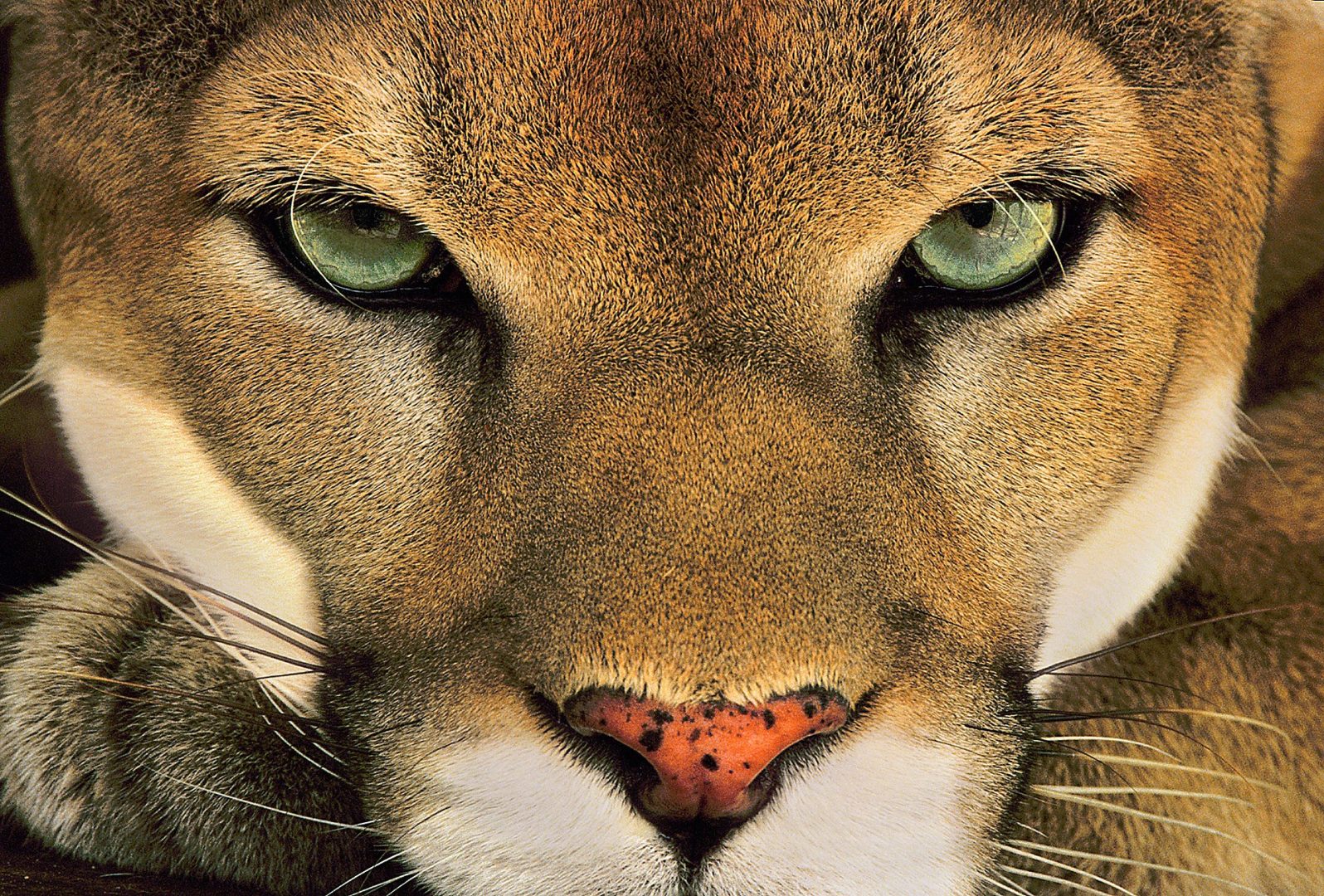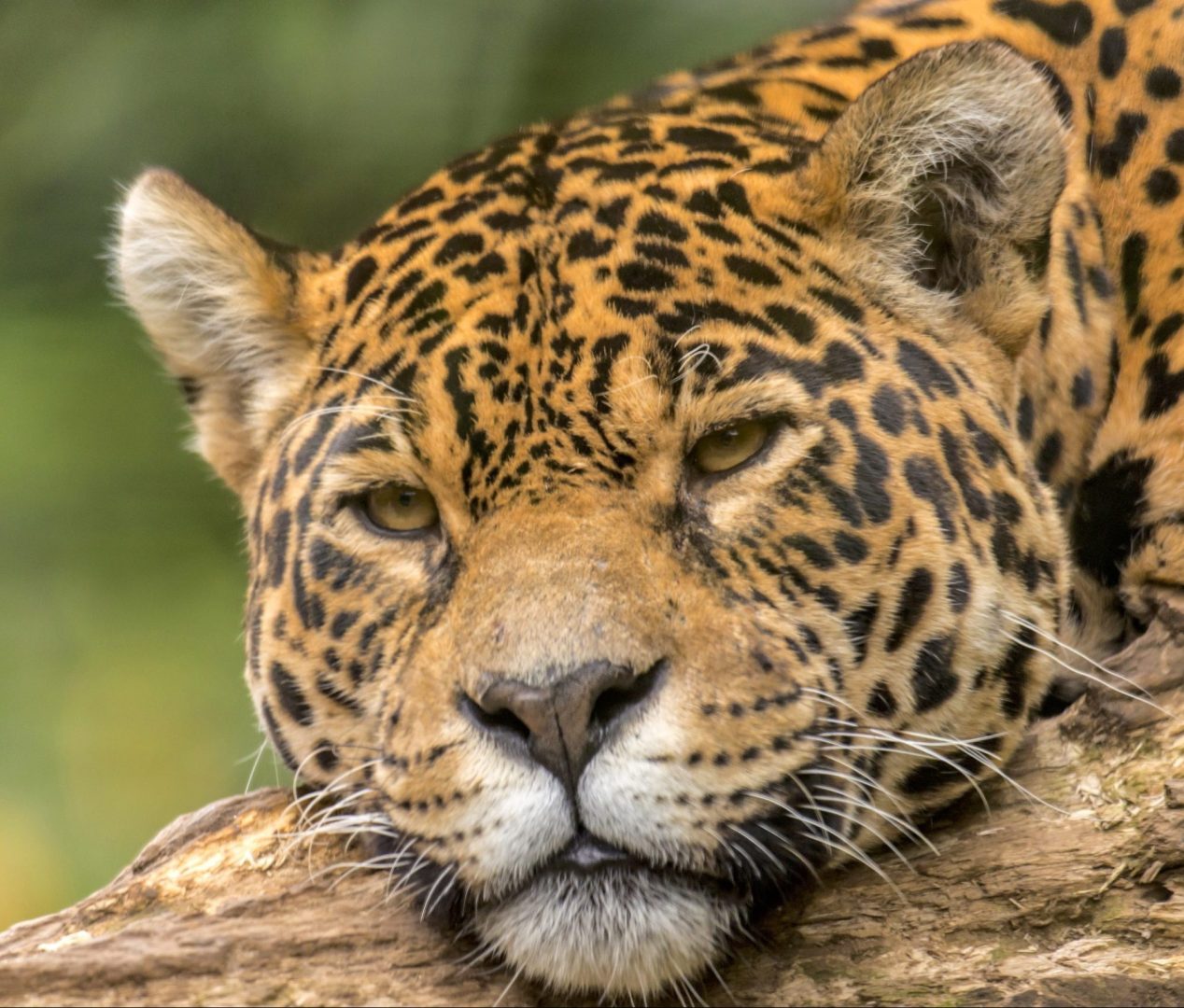
Safeguarding the world’s biodiversity
Earth’s wildlife populations have declined by an average of 69% in less than 50 years.
Many scientists are calling this period the sixth mass extinction – and it is being driven by humans. Latin America, and specifically the Amazon, has seen the steepest decline in average wildlife population size, accelerated by deforestation. Research and monitoring of the rich diversity of life for overall ecosystem health.
Protecting and connecting vulnerable and threatened species’ habitat is critical in the fight to save our planet’s biodiversity.
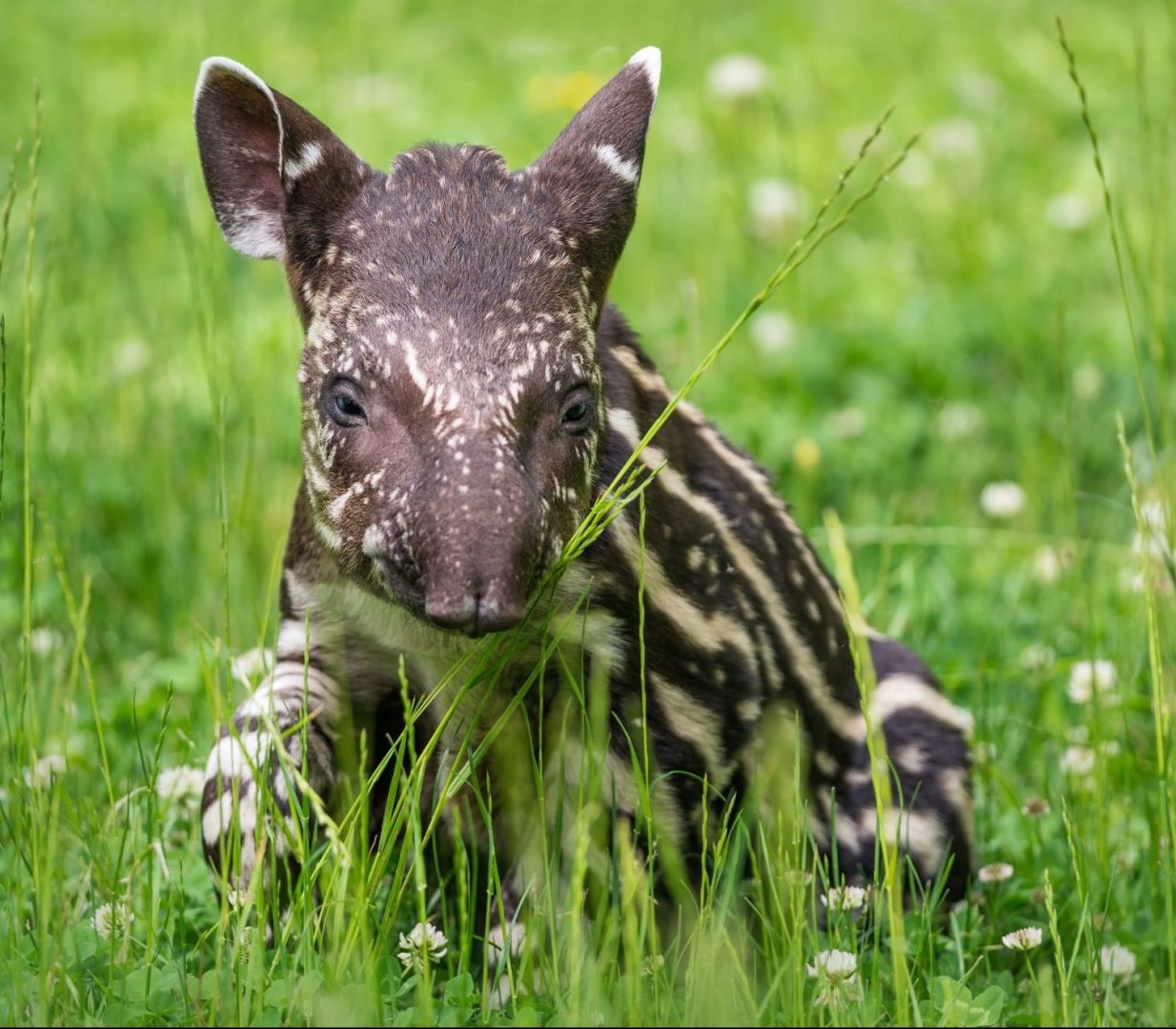
Protecting and connecting critical habitat
In an increasingly fragmented world, animals have less space to migrate, disperse, mate, feed, and thrive. We connect national, regional, and local protected areas to allow threatened species such as the jaguar, Andean condor, and spectacled bear to move freely to access food, water, shelter, and space to breed.
Connectivity also allows many species to adapt to climate change. With increasing temperatures, animals and plants will need to move to lower temperatures in higher altitudes for them to survive. By connecting areas with varying elevations, animals and plants will be able to find new habitats that will allow them to thrive in an increasingly hot world.
Monitoring endangered and key species
Nature and Culture provides technical and logistical support to local and international universities and other NGOs for the monitoring, evaluation, and research of threatened and key species. Thanks to this research, we have taken action to prevent species extinction and found strategies that allow us to conserve biodiverse landscapes for the long term.
Watch one example of how we’ve helped to protect a recently discovered species, the Ecuadorian vizcacha

